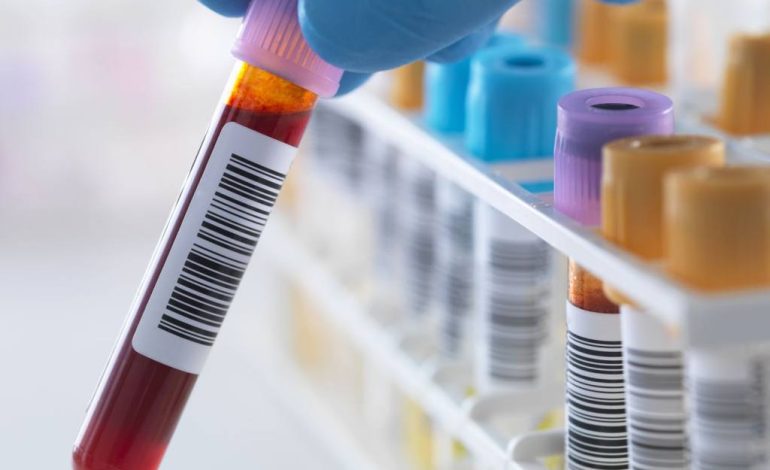How the USPS Electronic Postmark Ensures Trust and Authenticity

In today’s digital age, where electronic communication is the norm, ensuring the security and authenticity of online transactions is paramount. The United States Postal Service (USPS), renowned for its reliability in the physical mail world, has extended its trustworthiness into the digital realm with the USPS Electronic Postmark® (USPS EPM®). This innovative service offers a secure way to timestamp and authenticate electronic documents and transactions, thus providing a new level of security and trust in the online environment.
The Importance of Secure Electronic Communication
With the increasing volume of sensitive information being transmitted electronically, the need for robust security measures has never been greater. From government agencies to commercial enterprises, ensuring that digital communications are both secure and verifiable is crucial. The USPS EPM addresses these concerns by providing a suite of security features designed to protect electronic data from tampering and ensure its authenticity.
Trusted Time Stamps from NIST
One of the core features of the USPS EPM is its use of trusted time stamps derived from the National Institute of Standards and Technology (NIST). NIST is the official US source of time for commerce, providing a highly reliable and accurate reference. The USPS EPM utilizes these trusted time stamps to ensure that every electronic document and transaction is accurately recorded with a precise date and time.
These time stamps are auditable, meaning that for each time stamp issued, the system can produce a secure chain of custody from NIST through any intermediary clocks. This feature is critical for legal and regulatory compliance, as it ensures that the time stamps are tamper-proof and can be verified independently. By leveraging NIST’s timekeeping capabilities, the USPS EPM provides a solid foundation for trust and authenticity in electronic communications.

Content Authentication Technology
In addition to trusted time stamps, the USPS EPM employs advanced content authentication technology. This technology verifies that the content of a document or transaction has not been altered since the time it was stamped. By associating a USPS EPM with a document or transaction, users can later verify its authenticity using the USPS EPM repository.
Content authentication is achieved through a combination of cryptographic techniques and digital signatures. When a document is time-stamped, a digital fingerprint of the content is created and stored in the USPS EPM repository. Any subsequent attempt to alter the document would result in a mismatch between the original fingerprint and the altered content, thereby detecting any fraudulent tampering or inadvertent changes.
Non-Repudiation and Digital Signing Applications
Non-repudiation is a critical aspect of secure electronic communication, ensuring that the sender of a message or the signer of a document cannot deny having sent or signed it. The USPS EPM service supports non-repudiation by including support for digital certificates and signatures. Digital certificates are electronic documents that use a digital signature to bind a public key with an identity, providing a secure way to verify the identity of the sender or signer.
The USPS EPM enables digital signing applications by allowing users to include digital signatures with associated declarations of intent when signing documents. These digital signatures are stored in the USPS EPM repository, providing third-party evidence to support non-repudiation. This means that in the event of a dispute, the USPS EPM can provide verifiable proof that a particular document was signed by a specific individual at a certain time, thereby preventing the signer from denying their involvement.
Preventing Fraudulent Tampering
The combination of trusted time stamps and content authentication technology makes the USPS EPM a powerful tool for preventing fraudulent tampering of electronic data. By ensuring that any attempt to alter a time-stamped document is detectable, the USPS EPM provides a high level of security for electronic communications.
Fraudulent tampering is a significant concern in many industries, particularly those that handle sensitive information such as finance, healthcare, and government. The ability to detect tampering not only protects the integrity of the data but also helps organizations comply with legal and regulatory requirements. For example, financial institutions are required to maintain accurate records of transactions to comply with regulations such as the Sarbanes-Oxley Act. The USPS EPM can help these institutions meet their compliance obligations by providing a secure and verifiable way to timestamp and authenticate their records.
Enhancing Trust in Digital Transactions
One of the most significant benefits of the USPS EPM is its ability to enhance trust in digital transactions. By providing a secure and reliable way to timestamp and authenticate electronic documents, the USPS EPM helps to build confidence in the security of online communications. This is particularly important for organizations that conduct a large volume of electronic transactions, as it helps to ensure that their communications are protected from tampering and fraud.
The USPS EPM also has the potential to stimulate the adoption of electronic systems by organizations and individuals who may be hesitant to use digital technologies. By leveraging the trusted reputation of the USPS, the EPM service can encourage more people to adopt electronic contracting and transactions, thereby increasing efficiency and productivity.
Conclusion
In conclusion, the USPS Electronic Postmark represents a significant advancement in digital securitD, offering a trusted and reliable way to timestamp and authenticate electronic documents and transactions. By combining trusted time stamps from NIST, advanced content authentication technology, and support for non-repudiation and digital signatures, the USPS EPM ensures the security and authenticity of electronic communications.
As the digital landscape continues to evolve, the need for secure and verifiable electronic communication will only increase. The USPS EPM is poised to play a critical role in meeting this need, providing a secure foundation for the nation’s electronic future. Whether for government agencies, commercial enterprises, or individual users, the USPS EPM offers a powerful solution for ensuring the trust and authenticity of digital transactions.









